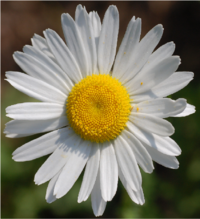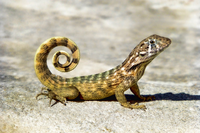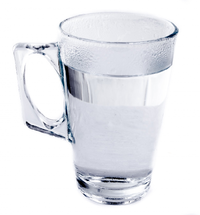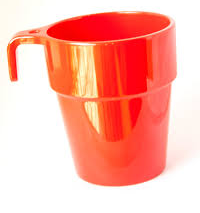Difference between revisions of "Identify"
| (2 intermediate revisions by the same user not shown) | |||
| Line 10: | Line 10: | ||
===Examples=== | ===Examples=== | ||
| − | + | {| class="wikitable" | |
| − | + | |- | |
| − | : | + | |[[File:Daisy.png|center|200px]] |
| − | : | + | |[[File:Reptile.png|center|200px]] |
| − | + | |- | |
| − | + | |You can '''identify''' a flower by its petals. | |
| − | + | |I '''identified''' the reptile by its dry scales. | |
| − | + | |- | |
| − | : | + | |[[File:CupGlass.png|center|200px]] |
| − | + | |[[File:CupPlastic.png|center|200px]] | |
| + | |- | ||
| + | |I '''identified''' that this cup is made of glass because it is [[transparent]], hard and stiff. | ||
| + | |You can '''identify''' that this cup is made of plastic because it is hard, bendy and waterproof. | ||
| + | |} | ||
Latest revision as of 15:29, 3 August 2018
Key Stage 1
Meaning
To identify is to find out what something is or what it's made from.
- Verb: Identify
About Identifying
You can identify something by how it smells, feels, looks and sounds. If it smells stinky, feels furry, it looks like it has a tail that wags and it makes a woof sound, then it is a dog.
Examples
| You can identify a flower by its petals. | I identified the reptile by its dry scales. |
| I identified that this cup is made of glass because it is transparent, hard and stiff. | You can identify that this cup is made of plastic because it is hard, bendy and waterproof. |



